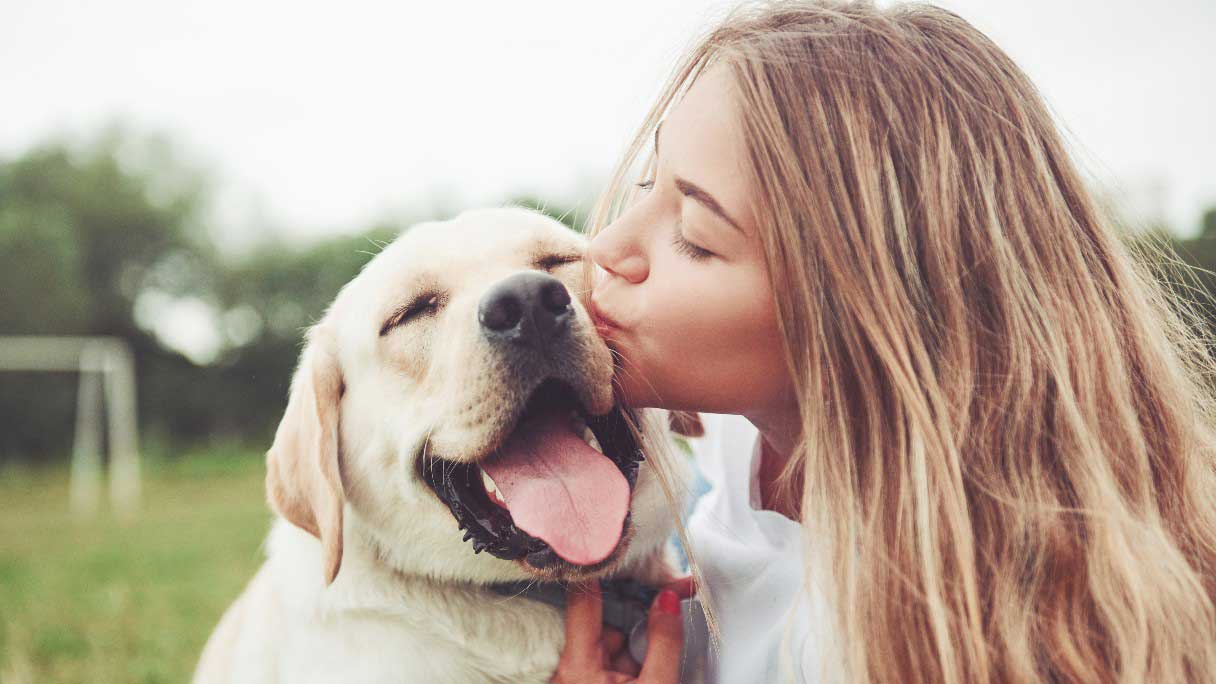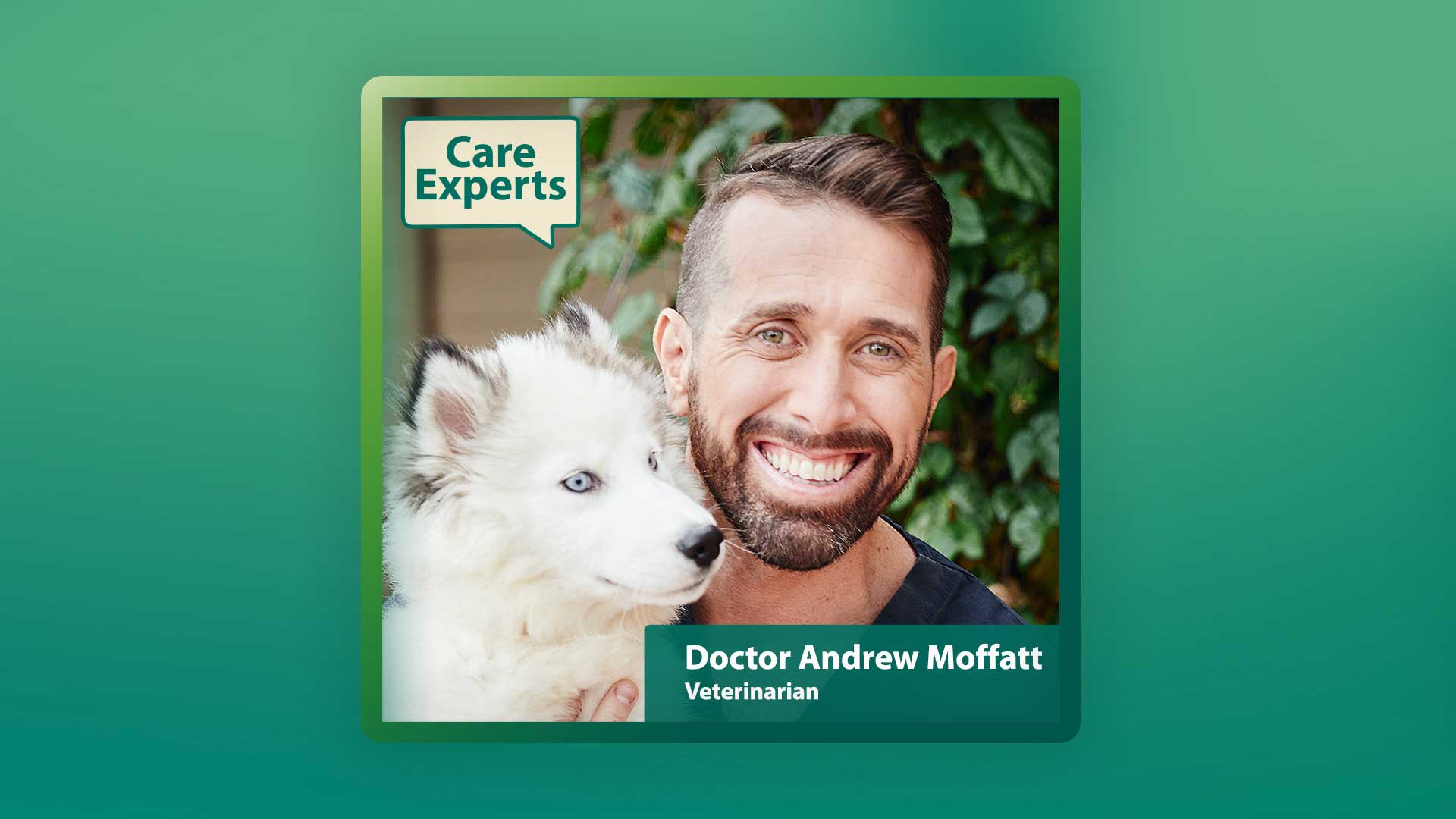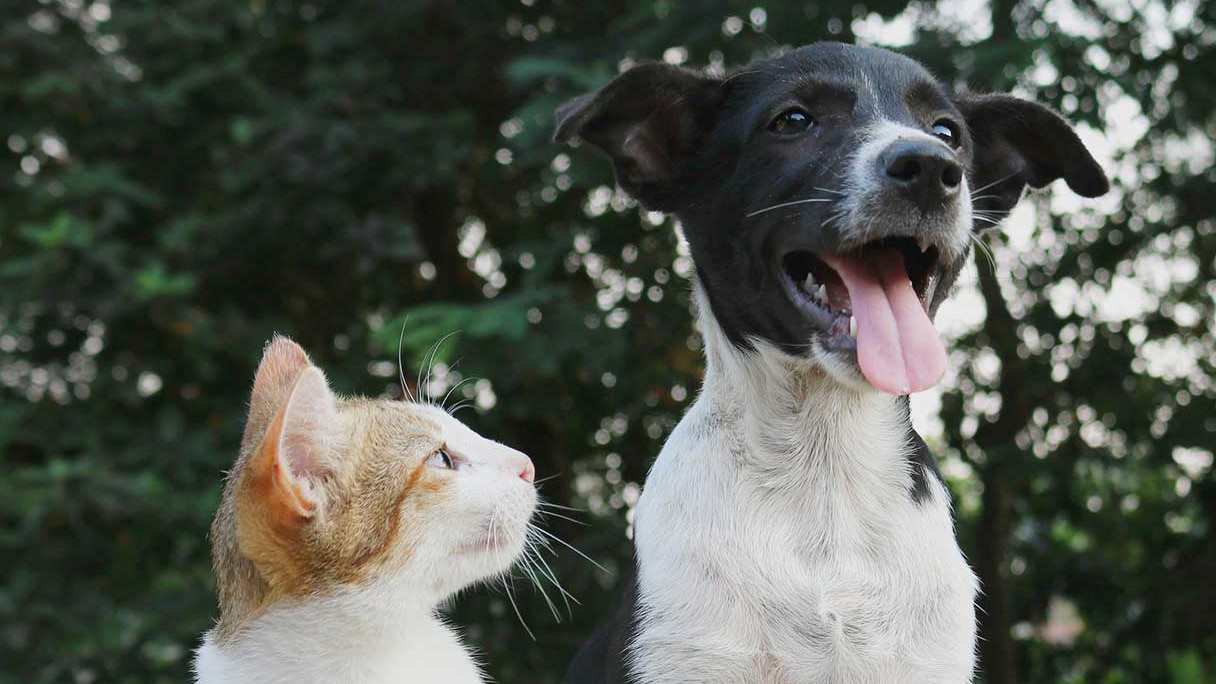You might think dog breath is synonymous with bad breath. You’ve no doubt experienced the dubious joy of a dog panting in your face with breath that could peel paint. But the truth is, dogs aren’t supposed to have stinky breath. If they do, something might be wrong with their health.
Here are 12 possible causes of bad dog breath that will help you determine whether it’s time to step up your dog’s oral hygiene, change their diet or call your veterinarian.
1. Poor Oral Hygiene
Dogs get plaque and tartar buildup on their teeth just like humans do. Without regular brushing, this leads to buildup of bacteria that can cause bad breath. In fact, poor oral hygiene is one of the most common causes of bad dog breath.1
Read Related Article
Dental Care for Pets: Why It Matters and What It Costs
2. Periodontal Disease
The other most common cause of bad breath in dogs is periodontal disease. It's a result of plaque and tartar pushing the gums back, causing them to become inflamed. Apart from bad breath, periodontitis can cause infections, cavities and tooth loss.1
3. Food Stuck in Their Teeth
Food particles that get stuck in your dog’s teeth and gums are another potential source of bacteria that can cause bad breath. The longer the food stays stuck, the more it rots and the worse it smells. This is another reason why brushing your dog’s teeth is important.2
4. Gut Problems
An unhealthy gut can also cause bad doggie breath. The same bacteria that causes gum disease, when swallowed, can cause an unhealthy gut microbiome that can cause gas buildup to be expelled through the mouth.3
5. Kidney Disease
Breath with a urine-like odor is one sign of kidney disease in dogs.1 It might mean their kidneys aren’t properly filtering waste and toxins, causing them to build up in your dog’s body.4 This unusual scent can be indicative of a more serious underlying health issue that requires professional evaluation and treatment.1 Reach out to your veterinarian to discuss.1
6. Liver Disease
Horrible-smelling dog breath that’s accompanied by other symptoms, including vomiting, loss of appetite and yellowing gums, may be a sign of liver disease. If you notice these symptoms, you should have your pup checked out by a vet as soon as possible.1
7. Diabetes
Your dog may be the sweetest thing, but sweet-smelling breath isn’t a good sign. This could indicate that they have diabetes. Other common symptoms include excessive thirst and a constant need to urinate. This should prompt a vet visit right away.1
8. Eating Gross Things
Dogs sometimes eat things they shouldn’t, like garbage or dead animals. And sometimes they get really gross and eat poop, a habit known as coprophagia. Unsurprisingly, eating grody stuff leads to grody-smelling breath.1
9. Mouth Tumors
Oral tumors can cause bad breath in dogs. As a tumor causes healthy tissue to die, this can cause a rotting smell in your dog's mouth.2
10. Foreign Objects in the Mouth
Dogs eat and chew on all kinds of things, and sometimes fragments get stuck in the teeth or lodged in the gums. Pieces of bone or stick that get stuck in the mouth are a breeding ground for bacteria and stinky dog breath.5
11. Respiratory Infections
Nasal infections, sinusitis, and other respiratory issues can cause odors that make their way out through your dog’s breath.6
12. Eating Toxic Plants
If your dog's breath has a rotten cheese-like odor, it might indicate they've ingested a plant that's upsetting their stomach. While dogs sometimes eat grass to soothe digestive discomfort or induce vomiting, eating a toxic plant can result in foul-smelling breath. If your dog’s breath smells rancid, you should keep a close eye on them and call your vet ASAP.2
Remedies for Bad Dog Breath
To reiterate: If your dog’s breath smells sweet, rotten, rancid, metallic or like urine, it's important to seek advice from your vet. Also, be aware of any other symptoms or strange behaviors your dog is exhibiting.
For regular cases of bad dog breath, use these tips to help freshen your pooch’s breath and make their kisses more bearable:1
- Schedule a professional dental cleaning with your vet to deal with plaque and tartar buildup and any tooth decay.
- Provide dental treats and chew toys. These can help keep teeth clean, although they’re not a good substitute for regular brushing.
- Keep trash, kitty litter boxes and other smelly temptations in secure places. If your dog eats poop they find outside, keep them on a leash and supervise them closely.
- Promote good digestion and gut health by feeding them a balanced, high-quality diet that’s formulated for their current life stage, and avoid feeding them table scraps.
CareCredit Credit Card Financing for Dogs
Taking good care of your pet's well-being from nose to tail is essential. Make sure to stay up to date on their regular checkups at the vet to help keep your pet happy and healthy for a lifetime of love. You can use your CareCredit credit card for pet care throughout the year for routine veterinary services as well as emergencies and surgeries.* Use our Acceptance Locator to find a veterinarian near you that accepts CareCredit.
CareCredit is there for you and your pet every step of the way; continue your wellness journey by downloading the CareCredit Mobile App to manage your account, find a provider on the go and easily access the Well U blog for more great articles, podcasts and videos.
In addition to pet care, you can also use your CareCredit credit card for dentistry, cosmetic, vision, hearing, health systems, dermatology, pharmacy purchases, spa treatments and so much more within the CareCredit network. How will you invest in your health and wellness next?
Author Bio
Jean Marie Bauhaus is a freelance writer and novelist who has been writing pet content since 2013. Her work has appeared on Forbes.com, Hill's Pet, Chewy, AKC.org and more.








